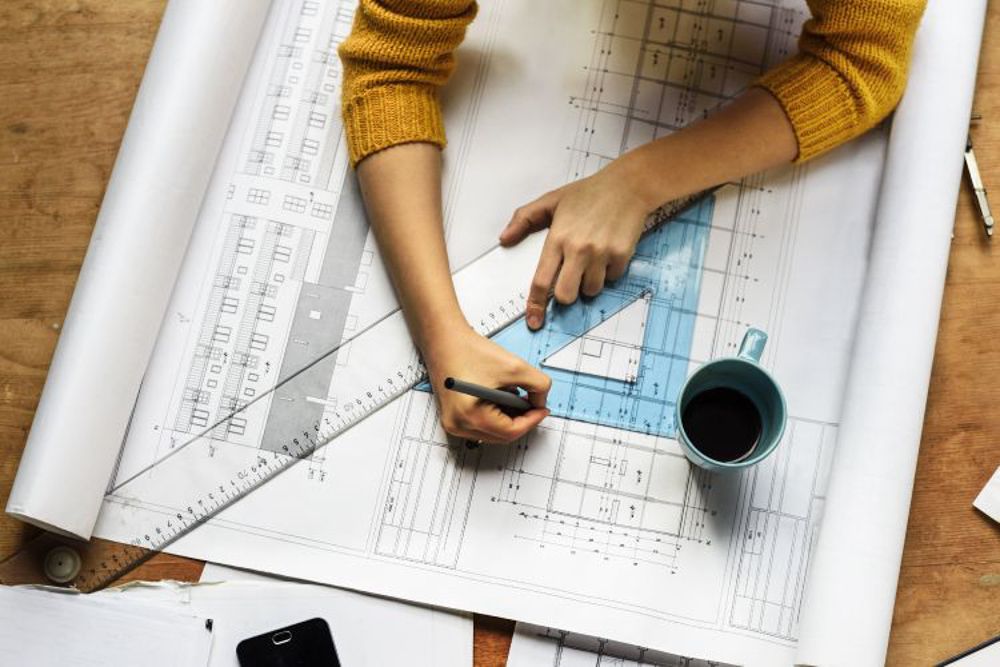Stylish Countryside Interior Styling for Rural Retreats
Stylish Countryside Interior Styling for Rural Retreats
Blog Article
Creating Your Dream Space: The Influence of Interior Design and Home Engineer on Home Aesthetic Appeals
The magic of making a dream home exists not only in building expertise but additionally in the delicate creativity of interior layout. These two disciplines link, with design offering the skeletal structure while interior layout breathes life into the space with texture, shade, and furniture choice (Countryside Homes interior design). This smooth blend leads to a tailored shelter that reverberates with the home owner's identification and way of living preferences. Yet how does this unified blend impact home aesthetic appeals and, subsequently, our daily lives? Stay tuned to discover even more.
The Intersection of Interior Design and Style: Greater Than Fulfills the Eye
Although numerous people think that interior layout and style are two different disciplines, a closer evaluation reveals a fascinating junction between the two. Architecture lays the foundation, giving the shell within which interior design runs. Interior design plays a pivotal role in enhancing and completing a structure's building elements, concentrating on the choice and presentation of interior things such as furniture, fixtures, and finishes.
Using the Power of Color Styles and Textures in Home Design
While the structure of a home might be the canvas, it is ultimately the use of shades and appearances within interior decoration that brings the vision to life. The tactical application of colors can establish the mood, develop harmony, and even affect the regarded size of an area. Neutral tones offer a feeling of tranquility and space, while vibrant colors can invigorate and attract focus. Appearances play a critical function in including depth and personality to a room. Rough structures, like raw timber or block, give rustic charm, while smooth surfaces, like marble, emanate style. By comprehending the mental influence of colors and tactile appeal of structures, one can efficiently transform a house right into a aesthetically compelling and psychologically appealing home.

The Function of Furnishings in Defining Room and Way Of Life
Furniture functions as a specifying component in interior layout, affecting both space and way of living. It not just offers practical utility but likewise adds to the visual charm of the home. The selection of furniture can dramatically influence the assumption of space, with larger pieces developing an impression of splendour, while smaller, minimal layouts can make a space appear roomy. Furniture acts as a representation of the home owner's way of life and personal taste. A choice for vintage, rustic furniture may show a love for tradition, whereas streamlined, modern-day items frequently suggest a contemporary, metropolitan way of living. Hence, furniture choice plays an important role in customizing and specifying area, with each piece working as a testimony to the property owner's unique identification. Countryside Homes interior design.

Architectural Considerations for Personalized Spaces
Beyond the prominent function of furnishings, architectural factors to consider likewise play a pivotal part in customizing areas. The design, layout, and structure of a home can significantly impact its general visual, functionality, and the occupants' convenience. Recognizing the link home's architectural elements, such as the shapes and size of areas, the positioning of doors and windows, and the kind of materials utilized, can aid one customize their area to their way of life and choices. Architectural aspects like arches, fireplaces, columns, and stairs can offer as the focal factors of an area. Balancing these building details with ideal furnishings, color schemes, and lighting can create a unified and personalized environment. Style, consequently, is an essential consider creating one's desire area.
The Psychological Influence of Aesthetically Pleasing Spaces
The impact of cosmetically pleasing spaces on human psychology is profound. These settings not just interest the senses but additionally contribute to a person's general wellbeing. They can boost creativity, generate leisure, and even influence state of mind. Appearances, colors, and patterns can evoke psychological feedbacks, while the design and illumination can influence actions and interactions. A well-designed space, with its careful balance of aesthetics and performance, can foster a sense of consistency, promoting positivity and productivity. On the other hand, badly made rooms can stimulate sensations of pain or tension. As a result, interior design and architecture are not merely about creating visually attractive rooms, however also regarding growing settings that boost emotional health and wellness and fulfillment.

Final thought
In verdict, developing your desire area is a nuanced process that stabilizes the structural aspects of style with the aesthetic choices of interior style. By very carefully picking shades, textures, and furniture, you can craft areas that not only look attractive however likewise functionally offer your lifestyle. Ultimately, the successful assimilation of these self-controls promotes wellbeing, stimulates imagination, and fosters a feeling of personal identity within the home.
Designing Your Desire Space: The Influence of Interior Design and Home Designer on Home Aesthetics Countryside Homes interior design.
The magic of creating a desire home exists not only in building expertise yet also in the delicate creativity of interior design. These two techniques intertwine, with design offering the skeletal structure while indoor layout takes a breath life into the area with texture, furnishings, and shade option.Furniture serves as a specifying element in interior layout, influencing both area and way of life.In verdict, my explanation developing your click here for more desire space is a nuanced procedure that balances the structural components of style with the aesthetic choices of indoor layout.
Report this page